#archaelogical museum
Explore tagged Tumblr posts
Text

Statue of a youth (Trup djaloshi)
Found in Butrint (Albania) between 1st and 2nd centuries AD.
Sculpture | Museums
#art#sculpture#statue#ancient sculpture#ancient statue#male statue#archaelogical museum#marble statue#ancient rome#classics#roman sculpture#museum#marble#art history#ancient art#ancient greece#antiquities#butrint#albania
9 notes
·
View notes
Text
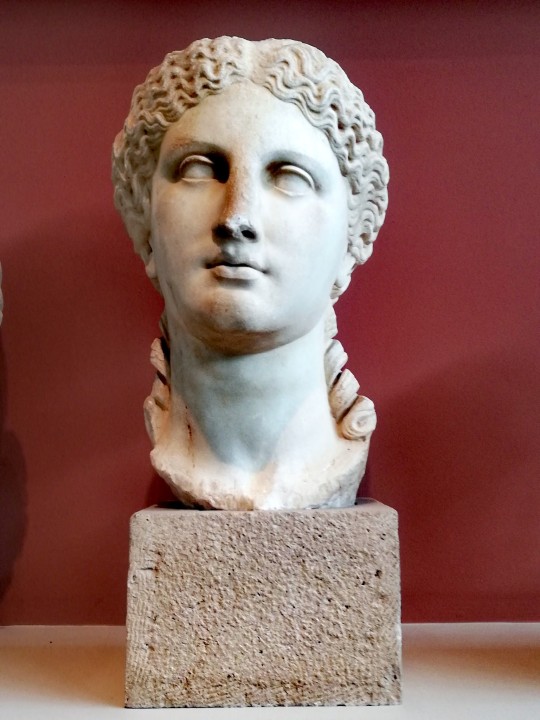
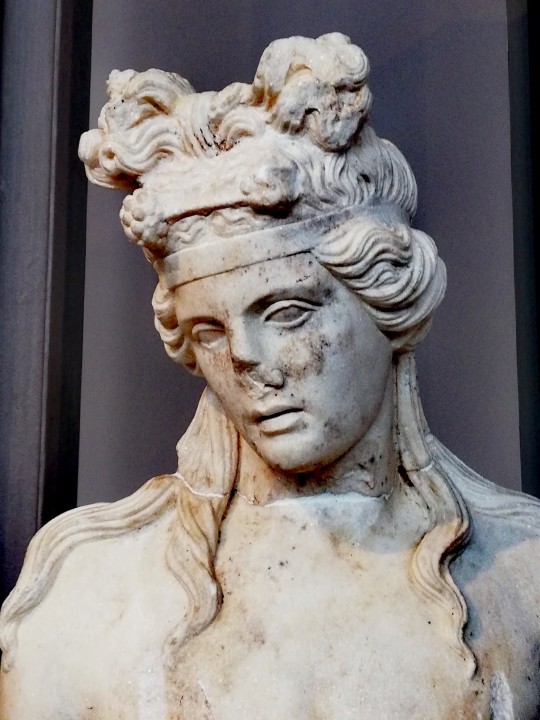
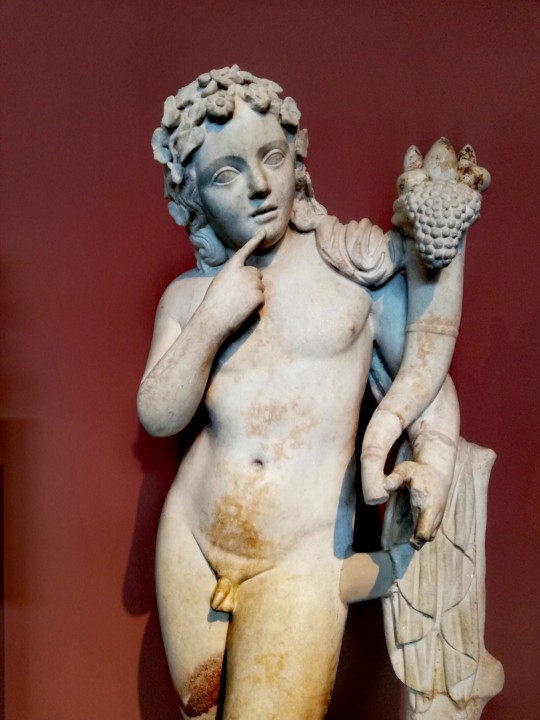




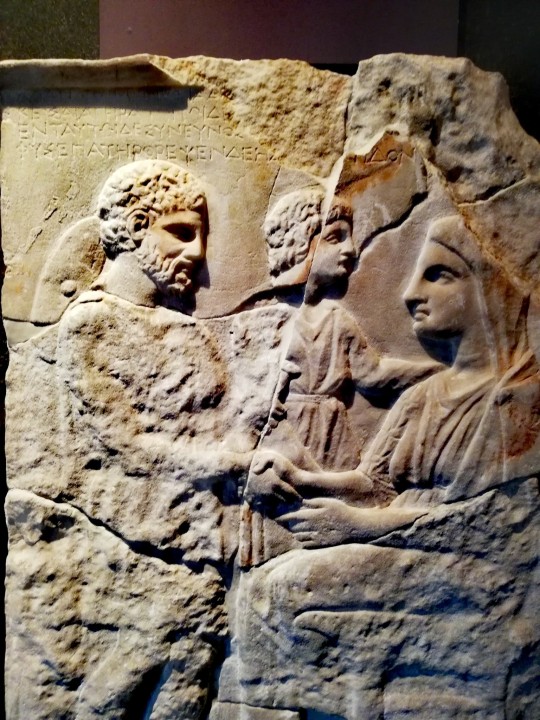
Archaeological Museum of Thessaloniki, May 2023
#mythology#art#greek gods#greek mythology#macedonian dynasty#macedonia#archaeology#archaelogical museum#ancient art#ancient greece#thessaloniki#hellenism#hellenic deities#museum#photography#statues#sculpture#roman art#beauty#portrait#dionysus#zeus#aphrodite
126 notes
·
View notes
Text

Ancient Roman Mosaics from Pompeii and Herculaneum. Archaeological Museum, Naples. Italy
2 notes
·
View notes
Text








Agnes: Archäologisches Museum Athen: Ich habe das Gefühl als sei keine einzige antike Vase je kaputtgegangen, sie sind alle in diesem Museum (und schon schön, von geometrisch bis exotisch und ersten Bildern von Segelbooten). Und alle Scherben, Tonfiguren, Goldohrringe, Koren (w.) und Kouroi (m.). 30 Säle mit einer kleinen Auswahl von nur 1000 Statuen aus der Sammlung von ca. 19.000. UFF!
Dafür macht es einem das Museum andererseits schön leicht und hat überall Bänke, ein wunderschönes Innenhofcafé und einen meist brauchbaren Audioguide.
Für die Buben: Pfeilspitzen von den Thermopylen. Für Zahnradfans: ein mechanischer Kalender zur Vorhersage von Monden, etc. Und: es gab auch in der Antike schon Einrichtungkitschfiguren.
2 notes
·
View notes
Text

#amth#thessaloniki#skg#museum#archaelogy#greek tumblr#γρεεκ ταμπλρ#γρεεκ ποστς#greek blog#greek posts#mine
2 notes
·
View notes
Text
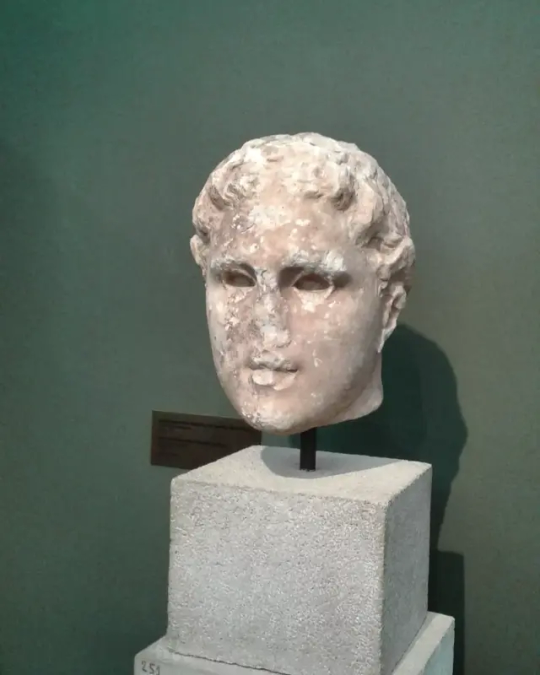

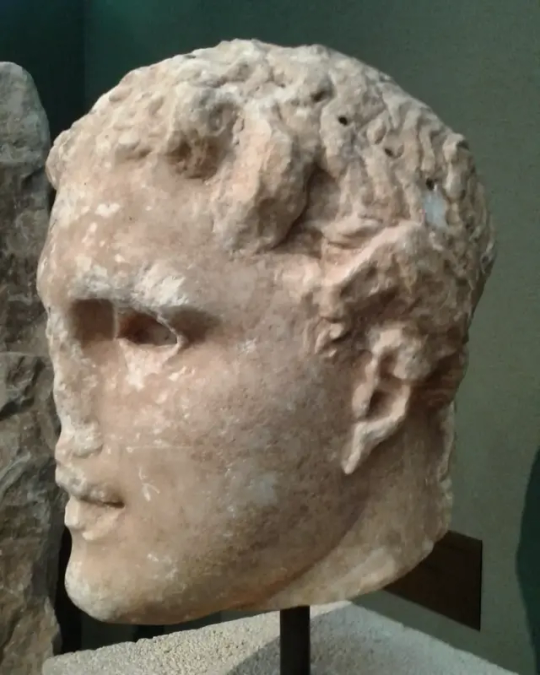

Head of a marble statue representing Apollo : A work of Damophon: 2nd century B. C. / Archaeological Museum of Ancient Messene-Greece
(ph. Yorgos Yannakos, August 27-2016)
#greek#art#art history#ancient greece#portrait#sculptor#Damophon#Δαμοφώντας#greek history#archaelogy#marble#Ancient Messene#archaeological museum#excavation#greece
7 notes
·
View notes
Text
Mysteries Of Iran Still Undeciphered

TEHRAN - Iranian filmmaker Pejman Mazaheripur, whose new documentary on Persepolis was screened at the Cinema Museum of Iran on Sunday evening, says the majestic UNESCO-registered site still harbors numerous unrevealed mysteries.
Addressing the attendees during the screening of his film, Mazaheripur expressed his belief that despite extensive research and numerous documentaries about Persepolis, there remain untold stories and unexplored facets waiting for researchers and filmmakers to delve into.
“This documentary is part of the Ancient Iran series, initiated in 1396 (2017) and meticulously researched and compiled until 1400 (2021),” Mazaheripur said at the start of his presentation.
“Under the supervision of Dr. Shahrokh Razmjou, the documentary underwent rigorous research phases. The initial film covered the early explorations [conducted at Persepolis] up until World War II, with the second film focusing on the significance of Ali Sami, the first Iranian archaeologist who commenced excavations at the foundation of Persepolis.”
Mazaheripur also mentioned the Italian conservation efforts that led to the identification and preservation of various artifacts, now housed in the National Museum of Iran. “The third film encompasses Razmjou's studies on specific structures within Persepolis… along with an analysis of the intricate details on the eastern side of the Apadana Palace.”
Regarding the challenges faced during the documentary's production, Mazaheripur highlighted the abundance of pre-existing films focusing on Persepolis' Achaemenid era, emphasizing the rarity of productions dedicated to archaeological and historical analysis.
"I firmly believe that Persepolis still holds undisclosed secrets, leaving ample space for researchers and filmmakers," Mazaheripur stated.
Referring to his recent documentary, Mazaheripur said: “We intended to uncover it based on in-depth research. Editing consumed most of our time due to the details stemming from our comprehensive studies.”
Reflecting on personal experiences during the documentary's production, Mazaheripur remarked on the challenge of accessing historical visual documents from various sources but expressed satisfaction with the culmination of their efforts.
Also known as Takht-e Jamshid, Persepolis ranks among the archaeological sites that have no equivalent, considering its unique architecture, urban planning, construction technology, and art.

Majestic approaches, monumental stairways, throne and reception rooms, and dependencies have made that 13-ha ensemble one of the world’s greatest archaeological sites.
Construction of its immense terrace was begun about 518 BC by Darius the Great, the Achaemenid Empire’s king. On this terrace, successive kings erected a series of architecturally stunning palatial buildings, among them the massive Apadana palace and the Throne Hall (“Hundred-Column Hall”).
The terrace is a grandiose architectural creation, with its double flight of access stairs, walls covered by sculpted friezes at various levels, monumental gateways, gigantic sculpted winged bulls, and remains of large halls.
By carefully engineering lighter roofs and using wooden lintels, the Achaemenid architects were able to use a minimal number of astonishingly slender columns to support open-area roofs. Columns were topped with elaborate capitals; typical was the double-bull capital where, resting on double volutes, the forequarters of two kneeling bulls, placed back-to-back, extended their coupled necks and their twin heads directly under the intersections of the beams of the ceiling.
"Narratives say that Persepolis was burnt by Alexander the Great in 330 BC apparently as revenge against the Persians, because it seems the Persian King Xerxes had burnt the Greek City of Athens around 150 years earlier". Actually Alexander the Great burnt the Palace of Xerxes,it were the Arab Conquerors who burnt down the city.

Source:https://www.tehrantimes.com/news/493172/Persepolis-still-harbors-numerous-mysteries-documentarist-says
#Iran Persepolis#ancient#Culture#archaelogy#Takht-e Jamshid#Cinema Museum of Iran#Film Museum of Iran#ancient Persia#ایران#ایران باستان#Achaemenid Empire#امپراطوری هخامنشی#مرودشت#Marvdasht Iran#archaelogical mysteries#اسرار باستان شناسی#داریوش کبیر#تخت جمشید
2 notes
·
View notes
Photo

Female figures from the Parthenon, from Athens, Greece 438-432 BC
3 notes
·
View notes
Photo
...ancient ♡
.

2K notes
·
View notes
Text
minecraft trail ruins are SO FUN im convinced everyone who racked on that update never actually played it and/or hates joy
#I LOVE TO DIG#innsjotxt#maybe im just an archaelogy dork but i love being able to dig through something and find little treasures along the way#i was one of those kids who liked those fossil kit toys you could get from museum gift shops#minecraft
1 note
·
View note
Text
Artemis in Grosseto.
#margininversi#writing#art#books and art#arte#Kunst#myth#linkedin#Claudia Ciardi#Grosseto#Maremma#museum#archaelogy#ancient greek mythology#history of art
0 notes
Text



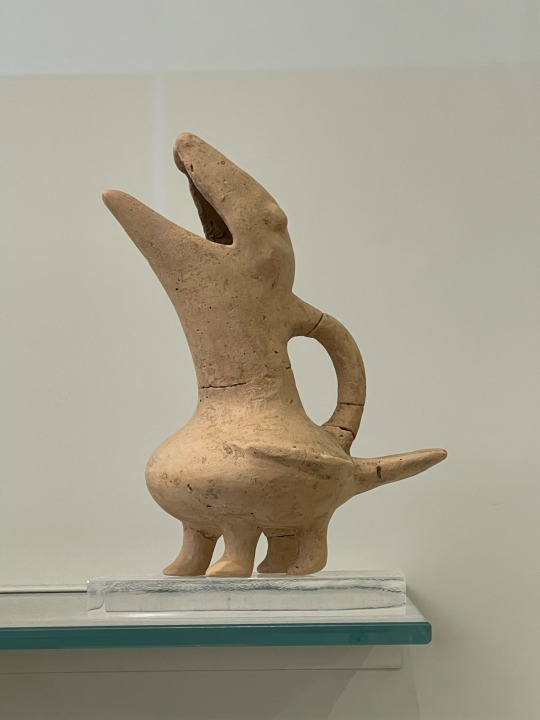
I had the immense privilege of going to Greece earlier this summer. I took 400 pictures of ancient pottery and came home inspired to put octopodes on everything.
1. My octopodes on some tiny vases and a cup
2. My reference photo of a Mycenean amphora with an octopus in the Minoan Marine Style, 1500s BCE. (National Arcaelogical Museum, Athens)
3. My bird jug with printed reference photo
4. Bird-shaped vessel from Crete, 2700 - 1900 BCE (Heraklion Archaelogical Museum, Heraklion)
2K notes
·
View notes
Text
+20 MODS & CC FOR JUNGLE & SELVADORADA

i am preparing one of my next generations that will set grounds on selvadorada. i usually have a lot of fun while playing the jungle adventures, but i wanna try something different this time so i went searching for some extra mods to jazz up my next jungle gameplay. so here i am sharing my finds with you, hope it helps you too!
also, i am not including lots on this list because i will make a separate post about it ;)
SMALL MODS
all worlds are reseidential by zerbu
selvadoradian herbalism by andirz
language barriers mod by frankk
jungle adventure mods by icemunmun
tiny living rumbasim sim mod by simularity
teach me the rumbasim by littlemssam
sim archaelogy overhaul by littlemssam
extract fossils at the archaelogy table by littlemssam
travel & culture fanatic aspiration by kiarasims
archaelogy career by retr0
adventurer career by simularity
museum curator career by missyhissy
skeleton mods list by azuhra sims
CAS
jungle headband overlay by tukete
med wavy bandana hair conversion by @zurkdesign
pitch helmet & explorer fedora hat for kids by @sisselin
adinkra collection by @oplerims
chic explorer set by aprisims
jungle adventure add ons by grimcookies
jungle adventure recolors by missrubybird
dolores dress by simbree
hi lo halter by @deetron-sims
frond of you dress recolor by @simmingbee
affinity jeans by @areylia-sims
flora hat by @madameriasims4
leather bracelet by @blueraptorsden
bandana recolors by blueraptorsden
flowery socks by blueraptorsden
pick your poison tattoo by @toxicpancakes
TOWNIES
marco banderas by @nomorebadtownies
gael & ola by nomorebadtownies
the morales by nomorebadtownies
twins ben and lola spencer by @missrubybird
BUY
tiny twavellers stuff pack by houseofharlix
jungle adventure add on by xsavannahx987
haute hacienda set by sims-like-it-hot
selvadorian kitchen set by peacemaker
jungle adventure kitchen recolor by missrubybird
jungle adventures shelves (more slots) by @standardheld
historical impromptu archaelogy station by naunakht
POSES
binoculars accessory & posepack by @stayathomesim
groupal pose by simmerianne
CHALLENGES
road to selvadorada challenge by simpleeyt
LOTS
wip
179 notes
·
View notes
Text

Great Mother Goddess Artemis Archaelogical Museum of Tripoli.
30 notes
·
View notes
Text

So solls ma ausgesehen haben, das wichtigste und einflussreichste Orakel der Antike, zu seinen Glanzzeiten. Zentral der Apollo-Tempel mit Erdspalt innen, über dem die Pythia in Trance ihre Weissagungen machte, die dann von den Priestern interpretiert wurden. Drumrum die Schatzhäuser, Standbilder und Säulen, Macht & Einfluss- Demonstrationen der Stadtstaaten. Hier leider nur vom Bild im dazugehörigen Museum abfotografiert und etwas von den beeindruckenden Resten die dort gerettet oder wieder zusammen gesetzt werden konnten. Das meiste Wissen uber diesen Ort kommt aber wohl aus "der größten Freiluftbibliothek der Antike", Tausende Inschriften von einfachen Pilgern und Machtigen, die auf Steinen, Gebäuden und Säulen im Lauf der Jahrhunderte hinterlassen wurden.
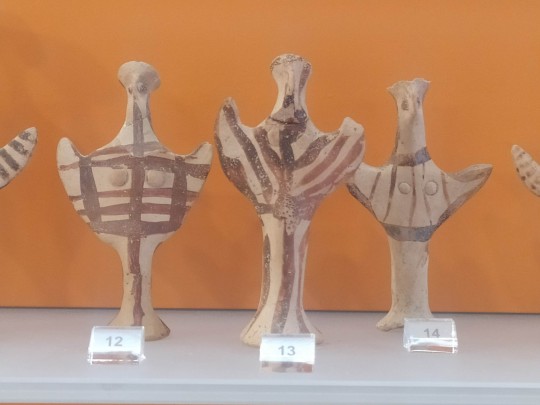


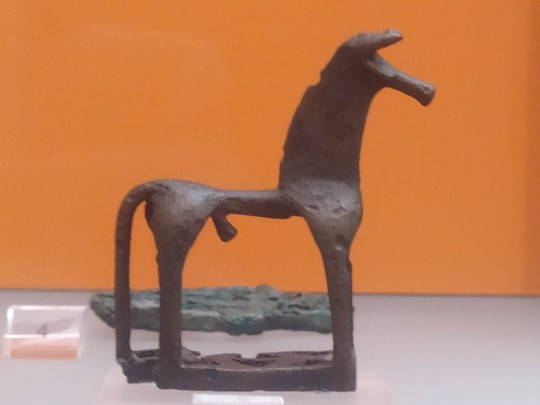





3 notes
·
View notes
Text

Philip Connard (British/English, 1875-1958) • Still Life with Crockery • 1920 • The Ashmolean Museum of Art and Archaelogy, Oxford, UK
#still life#art#painting#fine art#art history#art of the still life blog#oil painting#philip connard#british/english artist#artwork#artist#early 20th century british art#1920s art#art blogs on tumblr
46 notes
·
View notes